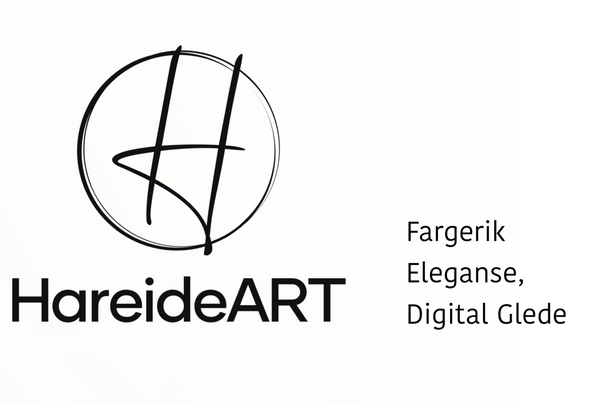Welcome, art enthusiasts and casual browsers alike! Today, let's embark on a whimsical journey into the vibrant realm of contemporary art. Now, don't worry if you've never been to an art gallery – we're skipping the bowties and hushed tones. This is art, but not as your grandma might know it.
**What on Earth is Contemporary Art?**
Imagine an art party where everyone brought something unique to the table, and no, it's not a table—it's more like a conceptual playground. Contemporary art is the cool kid on the block, shaking off the shackles of tradition and inviting you to join the creative chaos.
**The Timeline Tango**
First things first, contemporary art isn't just art created now; it's a dance through time. Picture it: a wild mix of styles, mediums, and mind-bending ideas from the mid-20th century until today. It's like a non-stop party where every artist grabs the mic and belts out their story.
**The Rule Breakers and Boundary Shakers**
So, what makes contemporary art so, well, contemporary? It's all about rule-breaking, tradition-defying, and generally flipping the bird to the artistic status quo. Think of it as art's rebellious phase, challenging norms and leaving the stuffy atmosphere of yesteryear behind.
**Styles on Steroids**
Contemporary art isn't a one-trick pony; it's more like a circus with multiple rings, each featuring a different act. From jaw-dropping installations to paintings that make you question reality, it's a visual feast. We've got abstract wonders, futuristic explorations, and even some pieces that might make you raise an eyebrow and go, "Is that art?"
**Concepts, Baby!**
Hold onto your beret because contemporary art often serves up a hefty dose of concept. It's not just about pretty pictures; it's about ideas, emotions, and social commentary. Ever seen a piece and thought, "What does it mean?" Congratulations, you've just experienced the contemporary art magic!
**Pop Culture's New Bestie**
Contemporary art is like pop culture's BFF. It's in tune with the latest trends, reflecting the ever-changing world around us. From technology to politics, you'll find it all splashed across canvases, sculpted into existence, or projected onto a gallery wall.
**Why Should You Care?**
Now, you might be wondering, "Why should I care about this crazy mishmash of colors and ideas?" Well, because contemporary art is a mirror reflecting the human experience. It's a conversation starter, a thought-provoker, and sometimes, just a really cool thing to look at.
**In Conclusion – Dive In!**
So, there you have it, a crash course in the wild wonderland of contemporary art. It's not about knowing every brushstroke or historical reference; it's about feeling the vibe, enjoying the ride, and maybe finding a piece that speaks to your soul. So, whether you're an art aficionado or just testing the waters, jump in, and let the adventure begin!
Some examples
1. “No Woman, No Cry” by Chris Ofili (1998):
• A powerful painting addressing social and racial issues, featuring a portrait of a

© Chris Ofili, courtesy Victoria Miro, London
“Untitled (1992)” by Jean-Michel Basquiat:
• Known for his raw, graffiti-influenced style, Basquiat’s works often tackle race, identity, and socio-political issues.

“Shooting Star” by Yayoi Kusama (2008):
• A vibrant and immersive painting by the renowned Japanese artist known for her polka dots and avant-garde installations.

“Hopeless” by Roy Lichtenstein (1963):
• Lichtenstein, a key figure in the Pop Art movement, created this iconic piece, parodying romance comic book scenes with his signature use of Ben-Day dots.
“Self-Portrait with Cropped Hair” by Frida Kahlo (1940):
• Though not contemporary in the strict sense, Kahlo’s work has had a profound influence on contemporary artists. This self-portrait challenges gender norms and societal expectations.

8. “Nighthawks” by Edward Hopper (1942):
• Another pre-contemporary classic, Hopper’s masterpiece continues to resonate in contemporary art discussions, capturing urban isolation and the mood of the



